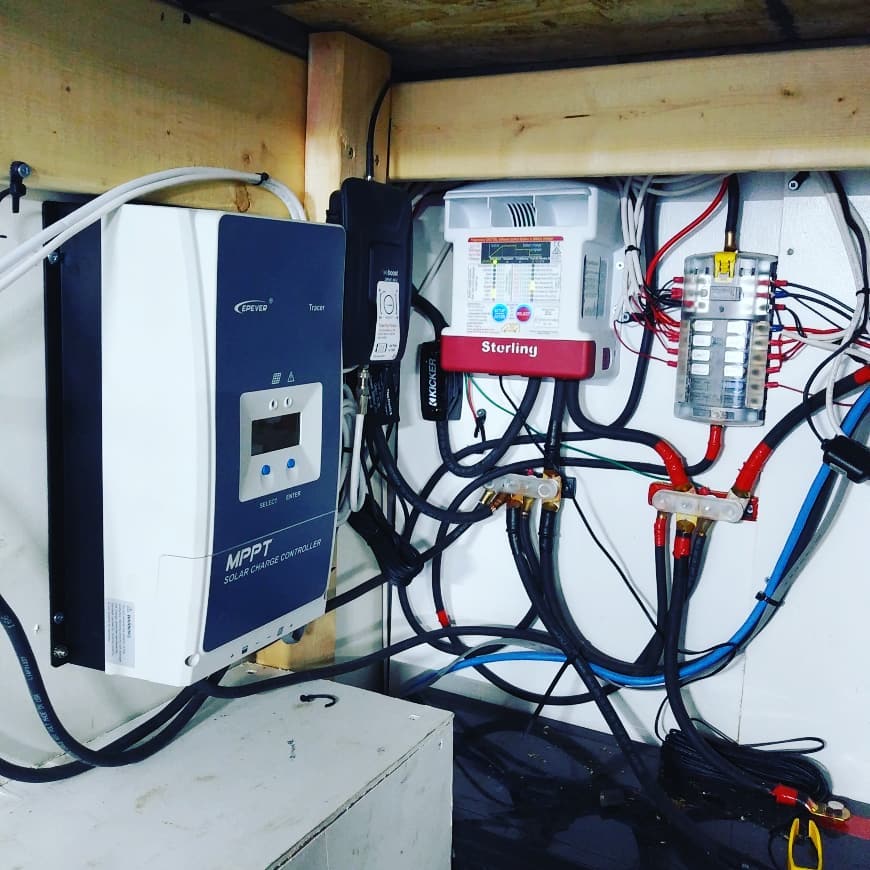I’m a newbie and I apologise if this has been asked before but can you charge two electric bikes when you are off grid or should we always plan to be on hookup to charge them? I have a 150 W solar panel, one leisure battery and no inverter at the moment.
As far as I can understand from my research a 4amp bike charger would drain a 100Ah leisure battery with a 1kw inverter in an hour and the Bosch battery in the bike requires 4.5 hours to charge fully, so can you help me with this please?
As far as I can understand from my research a 4amp bike charger would drain a 100Ah leisure battery with a 1kw inverter in an hour and the Bosch battery in the bike requires 4.5 hours to charge fully, so can you help me with this please?



